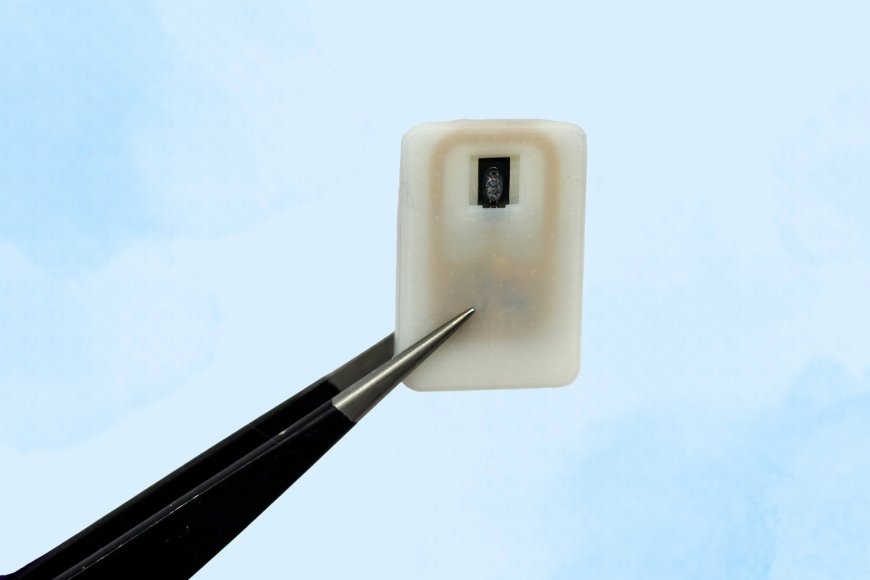New Implantable Device Offers Hope for Diabetes Patients
A new implantable device developed by MIT engineers could save diabetes patients from dangerously low blood sugar by releasing glucagon when needed. This device aims to provide a safety net for patients, especially during sleep or for children who may struggle with injections. The device can also deliver emergency doses of epinephrine for other medical conditions. Clinical trials are expected to begin within the next three years.

A new implantable device has been developed by MIT engineers to help diabetes patients avoid dangerously low blood sugar levels. The device carries a reservoir of glucagon under the skin and can release it when needed. This can be especially helpful for cases where patients are unaware of their dropping blood sugar levels, such as during sleep or in diabetic children who may not be able to self-administer injections.
The device, about the size of a quarter, contains a small drug reservoir made of a 3D-printed polymer. It is sealed with a shape-memory alloy that changes shape when heated, releasing the stored glucagon. The device can also be triggered to release emergency doses of epinephrine, a drug used for heart attacks and severe allergic reactions.
After successful testing in diabetic mice, the researchers plan to extend the device's lifetime and conduct further animal studies before moving to clinical trials in the next three years.
According to the source: Medical Xpress.
What's Your Reaction?
 Like
0
Like
0
 Dislike
0
Dislike
0
 Love
0
Love
0
 Funny
0
Funny
0
 Angry
0
Angry
0
 Sad
0
Sad
0
 Wow
0
Wow
0














































































































































































